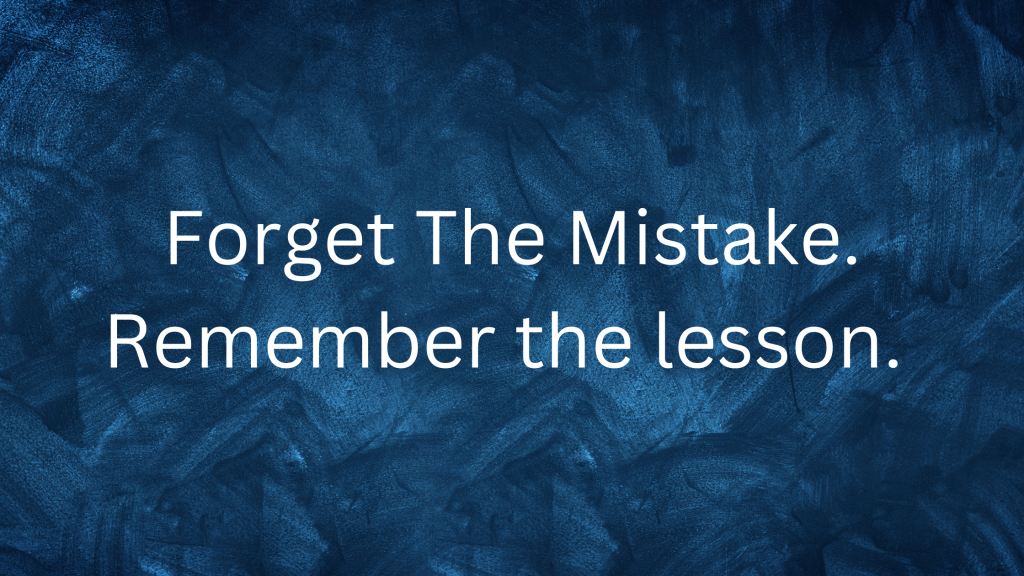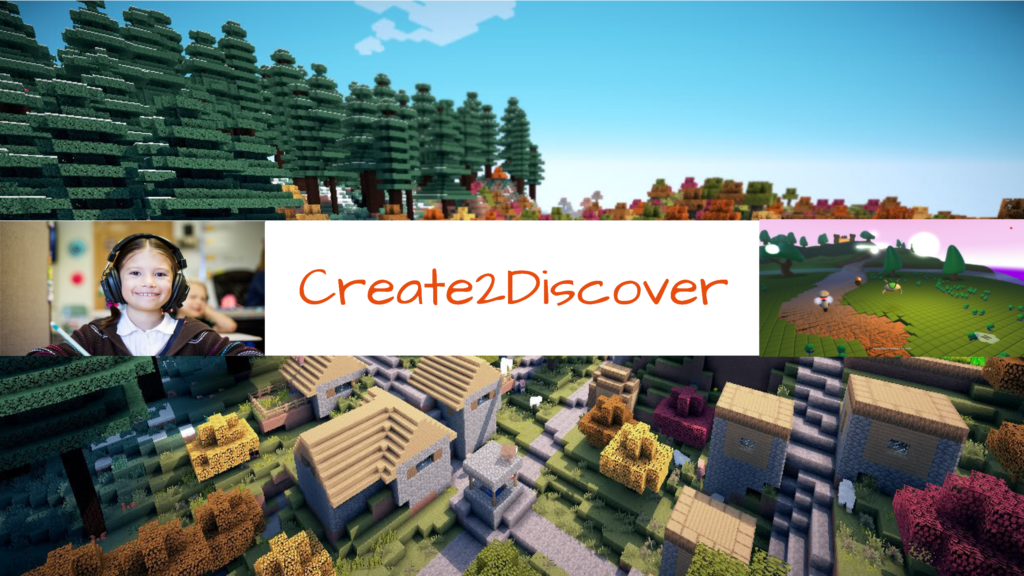
Being able to creatively problem solve is a critical skill now and will be even more so in the future. Traditional education sometimes teaches students to value getting to the correct answer as fast as possible and mistakes are seen a failures. I see this problem in my coding classes when we are trying to solve a difficult problem. Students are hesistant to suggest a creative solution because they are afraid of being wrong. Teaching kids the value of mistakes and that they are part of the creative process is crucial for fostering a growth mindset and supporting their creative development. Here are some strategies that parents can use to help their kids see mistakes as valuable:
Model a Positive Attitude Toward Mistakes:
Parents should openly acknowledge their own mistakes and demonstrate a positive attitude towards them. Share stories about how mistakes have been opportunities for learning and growth in your own life.
Highlight Famous Mistakes:
Introduce examples of successful individuals who faced setbacks and made mistakes on their path to success. Stories of famous scientists, inventors, artists, and entrepreneurs often involve overcoming failures and learning from them.
Praise Effort and Process, Not Just Results:
When praising children, focus on their effort, strategies, perseverance, and improvement rather than just the end result. This helps shift the emphasis from being “right” to the process of learning and trying.
Use Positive Language:
Instead of framing mistakes as failures, use terms like “opportunities to learn” or “steps towards improvement.” This subtle shift in language can influence how children perceive and interpret their mistakes.
Encourage Risk-Taking:
Create an environment where taking risks and trying new things is encouraged. Let children know that it’s okay not to have all the answers and that exploration is a valuable part of the learning process.
Normalize Mistakes:
Emphasize that making mistakes is a normal and expected part of any learning experience. Children should understand that everyone, including adults, makes mistakes and that it’s how we respond and learn from them that matters.
Provide Constructive Feedback:
When children make mistakes, offer constructive feedback that focuses on what they can learn and improve rather than criticizing the error. Help them see mistakes as opportunities to refine their skills.
Engage in Creative Activities Together:
Participate in creative activities as a family where experimentation and trying new things are encouraged. This could include arts and crafts, science experiments, or other hands-on projects.
Celebrate the Process:
Celebrate not only the final outcomes but also the process of creating. Display and appreciate the drafts, sketches, or early versions of a project to emphasize that the journey is as important as the destination.
Encourage a Growth Mindset Dialogue:
Talk to your child about the concept of a growth mindset, explaining that abilities can be developed over time through effort and dedication. This helps them understand that their intelligence and creativity are not fixed.
By teaching kids the value of mistakes, parents can contribute significantly to shaping a mindset in their children that views mistakes not as roadblocks, but as stepping stones towards creativity, resilience, and personal growth.
Looking for More Ways to Help Your Child Prepare For The Future?
STEM Project Using Roblox Studio: (Ages 8-14)
Creative Problem Solving For Kids: SCAMPER
Creative Problem Solving For Kids: Random Words
Creative Problem Solving For Kids: Copy Nature
5 Ways to Improve Your Child’s Communication Skills
Cultivating a Growth Mindset in Kids: A Parent’s Guide
Fostering Psychological Safety in Your Child to Improve Creativity
Encouraging Productive Struggle: A Guide For Parents

Comments on this entry are closed.